Lower Back Pain: Causes, Treatment, and Prevention
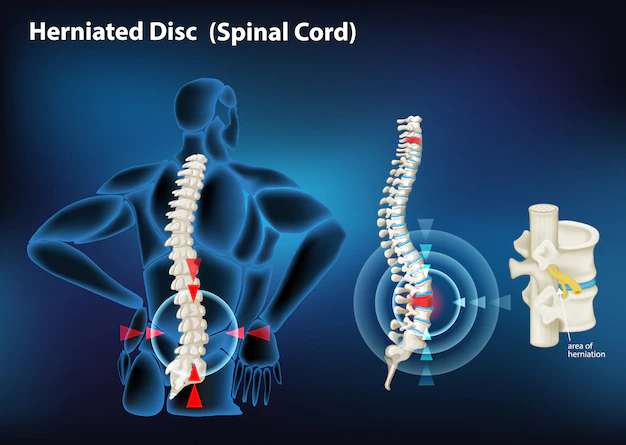
Introduction
Lower back pain is a common issue that affects millions of people worldwide. It can be debilitating and impact one’s daily life significantly. In this article, we will explore the various causes of lower back pain, effective treatment options, and essential prevention strategies to maintain a healthy back.
Understanding Lower Back Pain
What is Lower Back Pain?
Lower back pain refers to discomfort or pain localized in the lumbar region of the spine, which is the area below the ribcage and above the hips. It is one of the most prevalent musculoskeletal conditions, and its intensity can range from mild to severe.
The Anatomy of the Lower Back
To better understand lower back pain, it’s essential to know the anatomy of this region. The lower back comprises a complex network of bones, muscles, ligaments, and nerves. The lumbar spine consists of five vertebrae (L1 to L5) that provide stability and support for the upper body.
Types of Lower Back Pain
- Acute Lower Back Pain: Often caused by muscle strain or injury, this type of pain comes on suddenly and lasts for a short period.
- Chronic Lower Back Pain: This pain persists for more than three months and can be the result of an underlying medical condition.
Common Causes of Lower Back Pain
1. Poor Posture
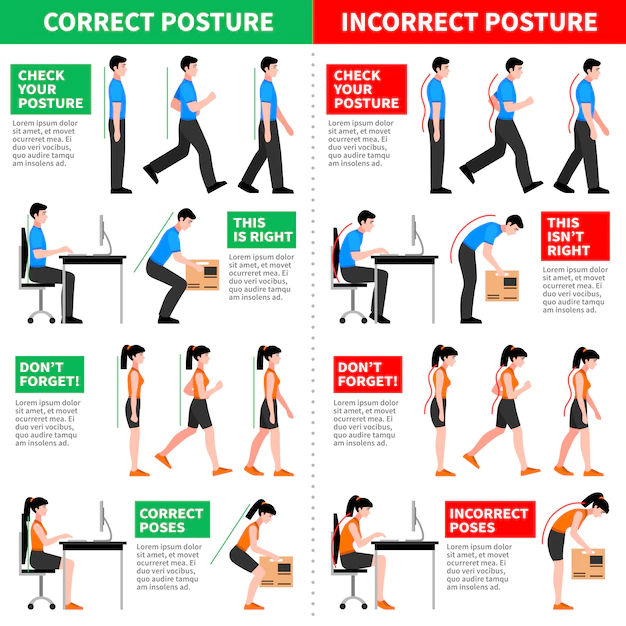
Maintaining improper posture while sitting or standing for prolonged periods can lead to lower back pain. Slouching or hunching over can strain the muscles and ligaments in the back, causing discomfort.
2. Muscle Strain
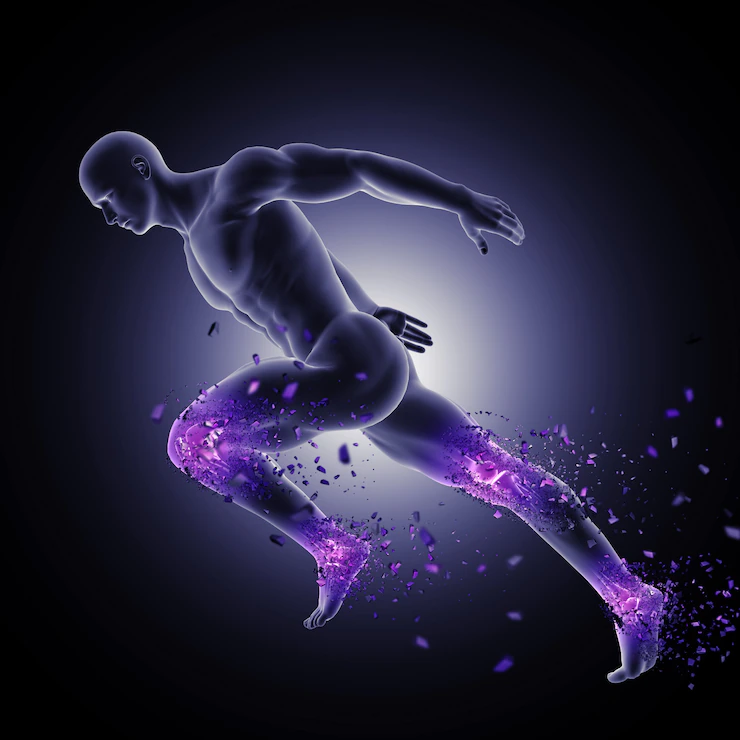
Lifting heavy objects, sudden movements, or engaging in strenuous physical activities without proper warm-up can cause muscle strain in the lower back.
3. Herniated Disc
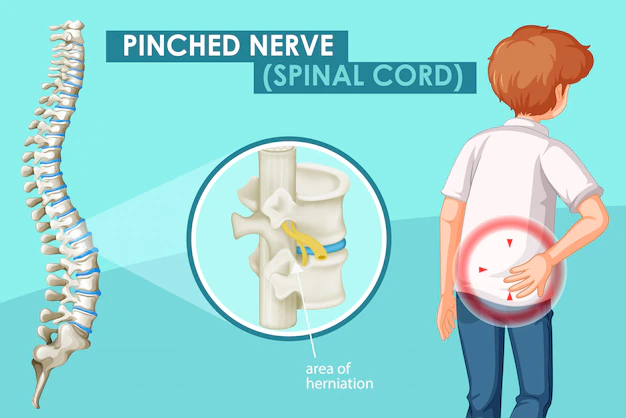
A herniated disc occurs when the soft cushion between vertebrae ruptures, putting pressure on nearby nerves and resulting in lower back pain.
4. Sciatica

Sciatica is characterized by pain that radiates along the sciatic nerve, which runs from the lower back down the legs. It is often caused by a herniated disc or bone spur.
5. Arthritis

Osteoarthritis and other forms of arthritis can affect the lower back, leading to chronic pain and reduced mobility.
6. 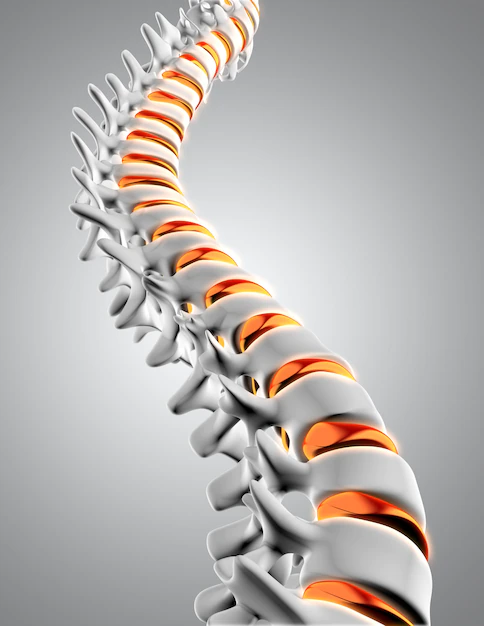
Spinal stenosis occurs when the spinal canal narrows, putting pressure on the spinal cord and nerves, leading to lower back pain and other symptoms.
7. Injury or Trauma
Accidents, falls, or sports injuries can damage the structures in the lower back, resulting in pain and discomfort.
Treatment Options for Lower Back Pain
1. Pain Medication

Over-the-counter pain relievers like ibuprofen or acetaminophen can help manage mild to moderate lower back pain. For severe pain, prescription medications may be necessary.
2. Physical Therapy

A qualified physical therapist can design a tailored exercise program to strengthen the core and back muscles, promoting flexibility and alleviating pain.
3. Heat and Cold Therapy
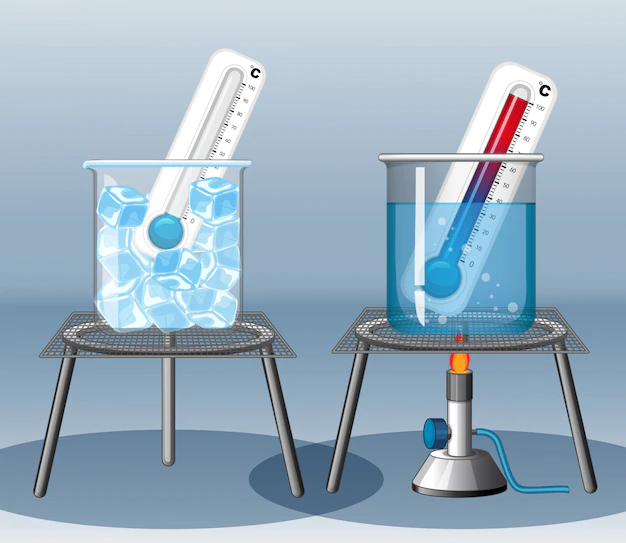
Applying heat packs or ice packs to the affected area can help reduce inflammation and provide temporary relief.
4. Injections
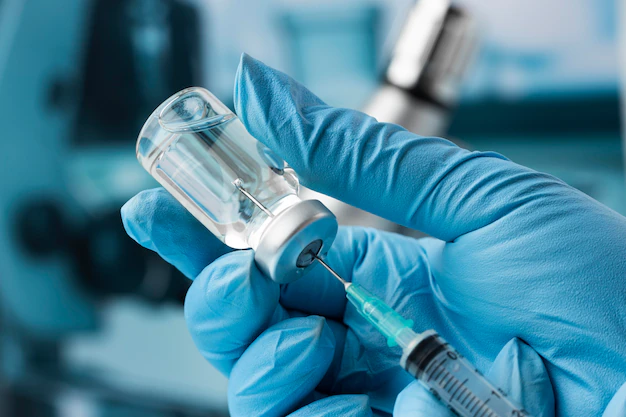
In some cases, corticosteroid injections may be recommended to reduce inflammation and pain in the lower back.
5. Alternative Therapies
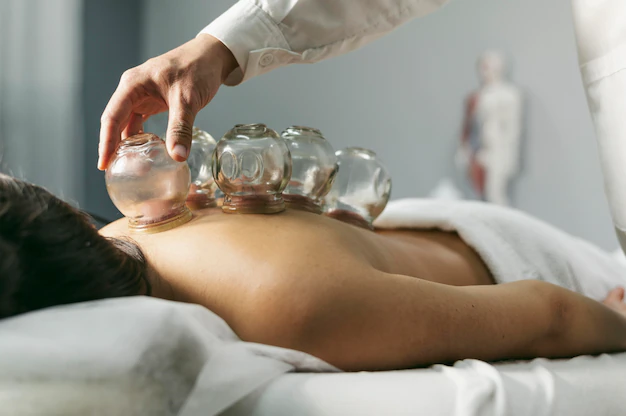
Options like acupuncture, chiropractic care, and massage therapy have shown promising results in managing lower back pain for some individuals.
Preventing Lower Back Pain
1. Maintain Proper Posture

Be mindful of your posture while sitting, standing, and lifting objects. Use ergonomic furniture and avoid slouching.
2. Exercise Regularly

Engage in low-impact exercises that strengthen the core and back muscles, such as swimming, walking, or yoga.
3. Lift Correctly
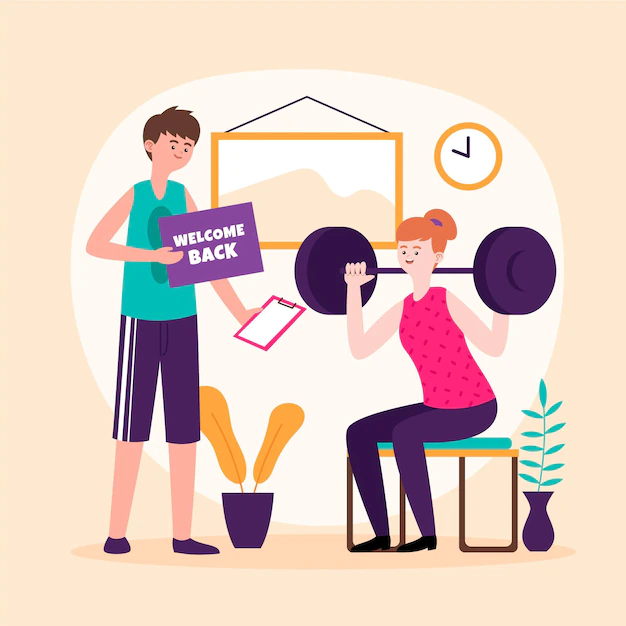
When lifting heavy objects, bend your knees and keep your back straight. Avoid twisting while lifting.
4. Maintain a Healthy Weight

Excess weight can strain the lower back. Adopt a balanced diet and stay physically active to manage weight effectively.
5. 
Smoking can impair blood flow and decrease nutrient supply to the spinal discs, increasing the risk of back pain.

